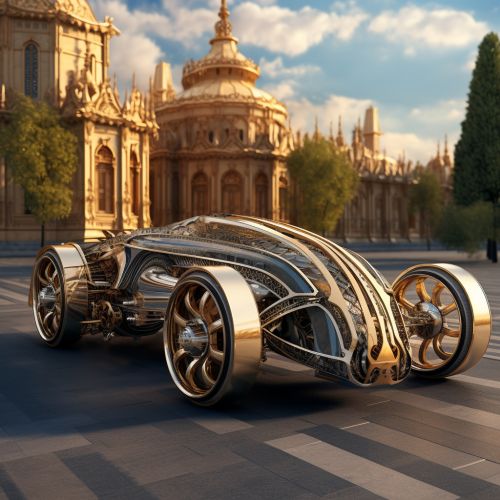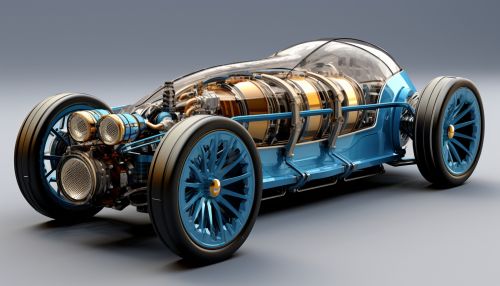Parallel hybrid
Overview
A parallel hybrid vehicle, also known as a power-split hybrid, is a type of hybrid vehicle that combines an internal combustion engine with an electric motor to propel the vehicle. The internal combustion engine and the electric motor can operate independently or in tandem, providing the vehicle with the capability to switch between gasoline and electric power or use both simultaneously. This configuration allows for greater fuel efficiency and lower emissions compared to conventional vehicles.


Design and Operation
The design of a parallel hybrid system involves the integration of an internal combustion engine and an electric motor into the drivetrain of the vehicle. The engine and the motor are connected to the transmission, which distributes power to the wheels. In a parallel hybrid, the engine and the motor can both provide direct mechanical power to the drivetrain, either individually or together, depending on the driving conditions.
The operation of a parallel hybrid vehicle is controlled by a hybrid powertrain control unit that manages the distribution of power between the engine and the motor. The control unit determines when to use the engine, the motor, or both, based on factors such as vehicle speed, acceleration, and battery charge level.
Advantages and Disadvantages
Parallel hybrids offer several advantages over conventional vehicles and other types of hybrid vehicles. They are generally more fuel-efficient and produce fewer emissions than conventional vehicles. They also provide better performance and range than series hybrids, as they can utilize the power of the engine and the motor simultaneously.
However, parallel hybrids also have some disadvantages. They are more complex and expensive to manufacture than conventional vehicles due to the additional components required for the hybrid system. They also require more maintenance and may have a shorter lifespan due to the wear and tear on the hybrid components.
Applications
Parallel hybrid technology is used in a wide range of vehicles, from compact cars to buses and trucks. Some of the most popular parallel hybrid vehicles include the Toyota Prius, the Honda Insight, and the Ford Fusion Hybrid. These vehicles have gained popularity due to their fuel efficiency, environmental benefits, and performance capabilities.
Future Developments
The future of parallel hybrid technology is promising, with ongoing research and development aimed at improving the efficiency, performance, and affordability of these vehicles. Advances in battery technology, power electronics, and control systems are expected to further enhance the capabilities of parallel hybrids. There is also a growing interest in plug-in parallel hybrids, which can be recharged from an external power source and offer the potential for even greater fuel savings and lower emissions.
